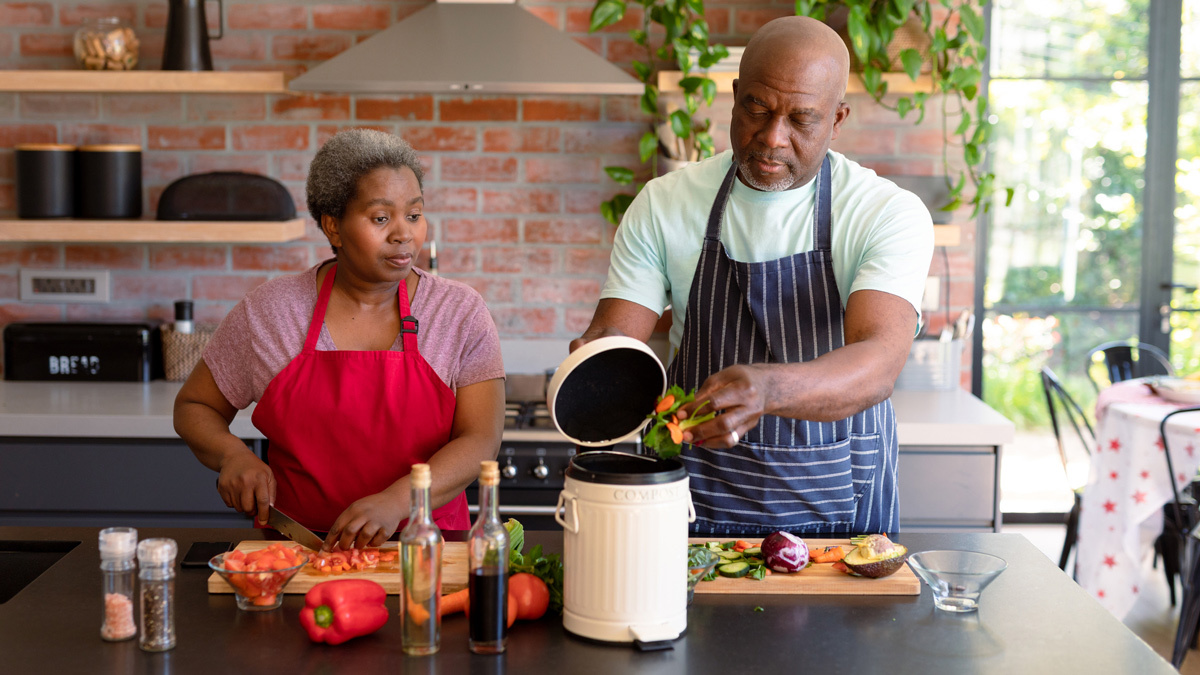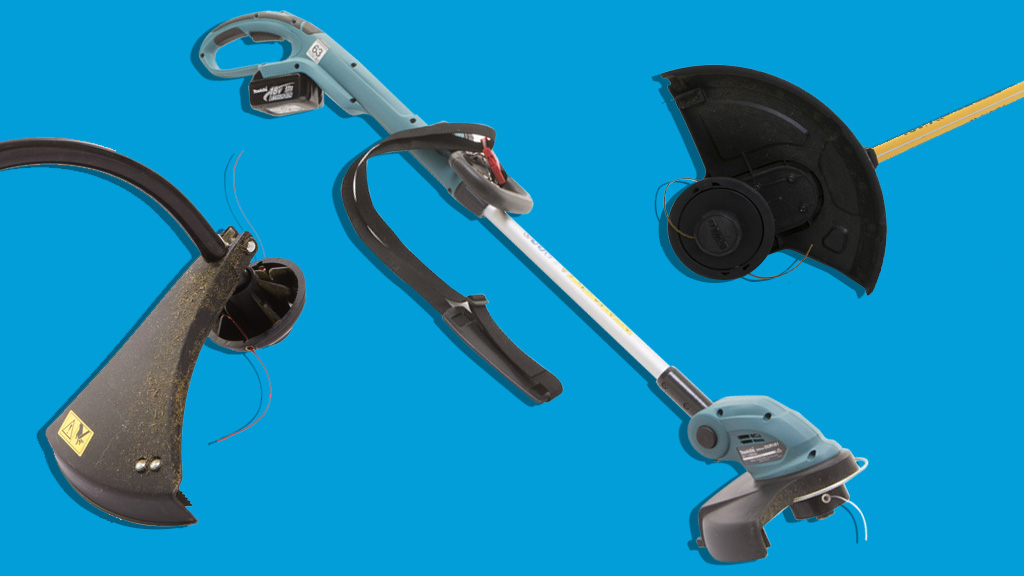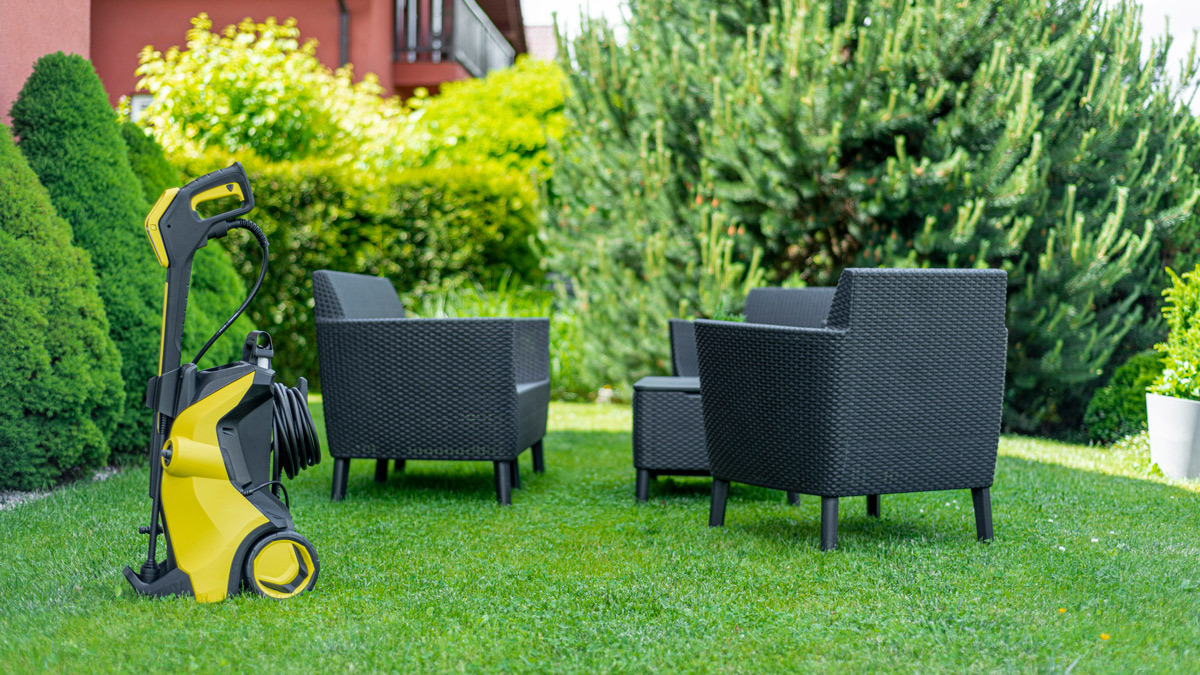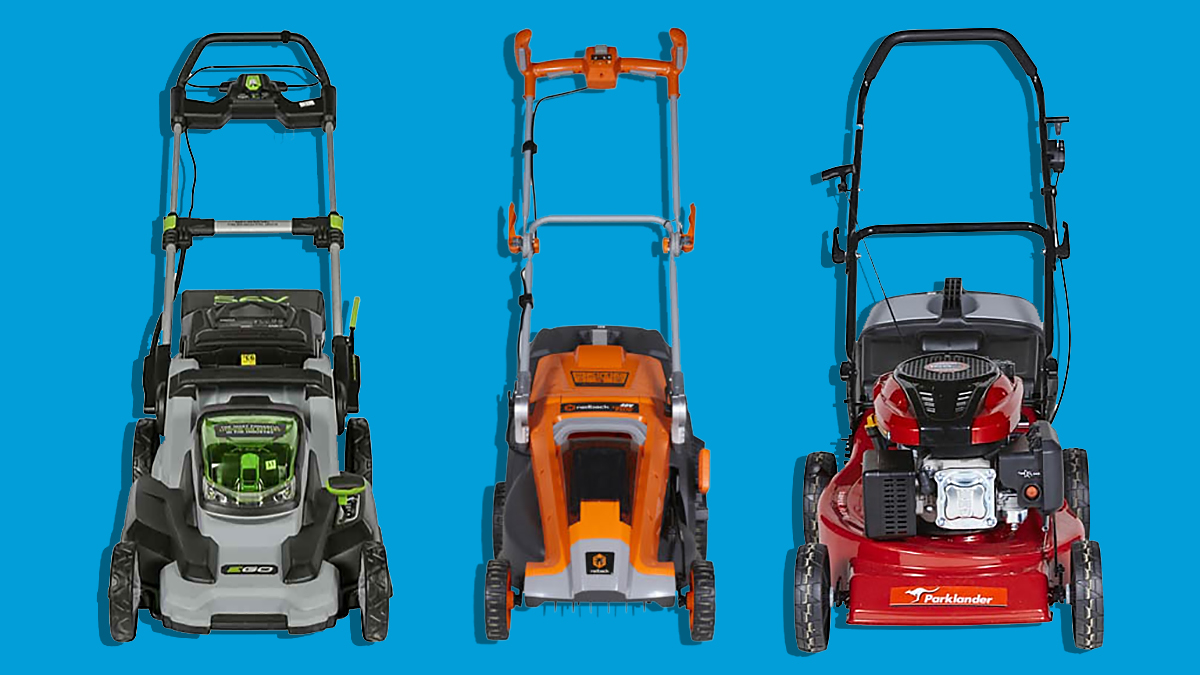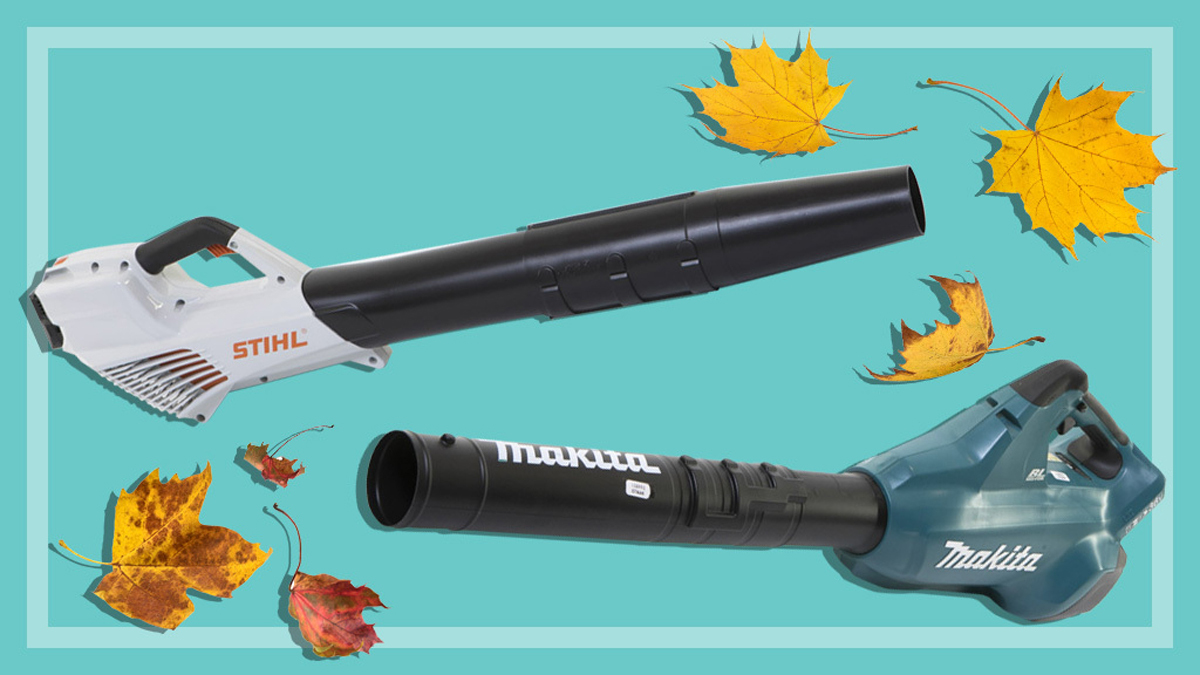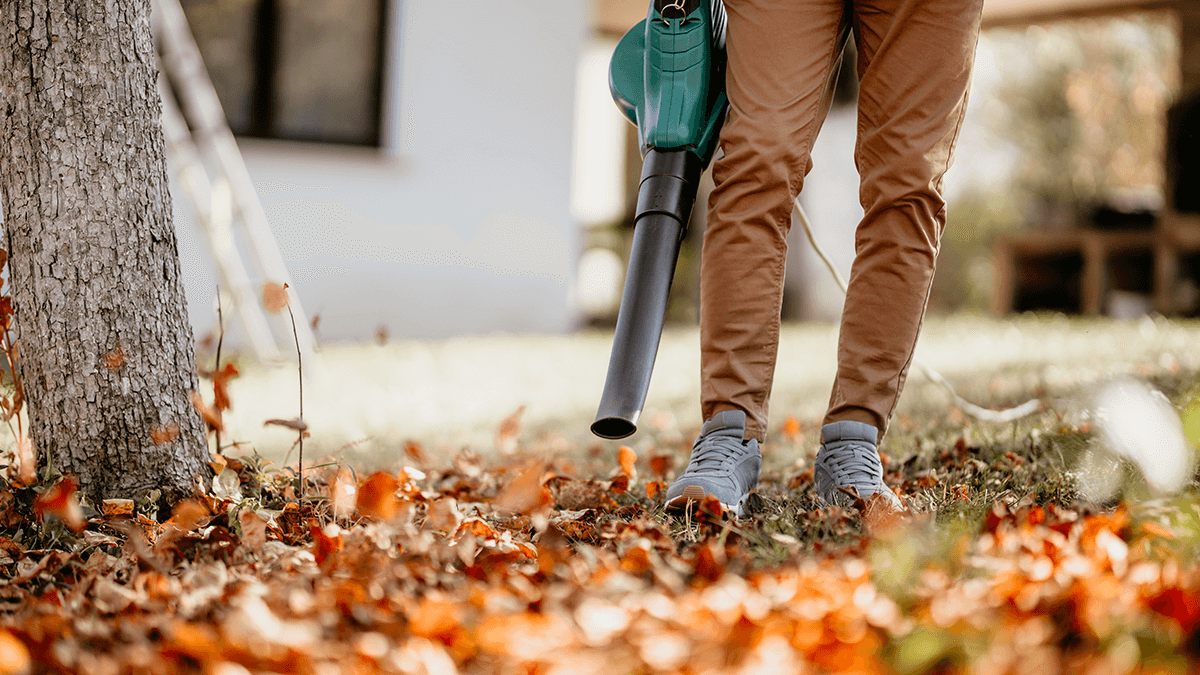Get our independent lab tests, expert reviews and honest advice.
How we test kitchen compost caddies
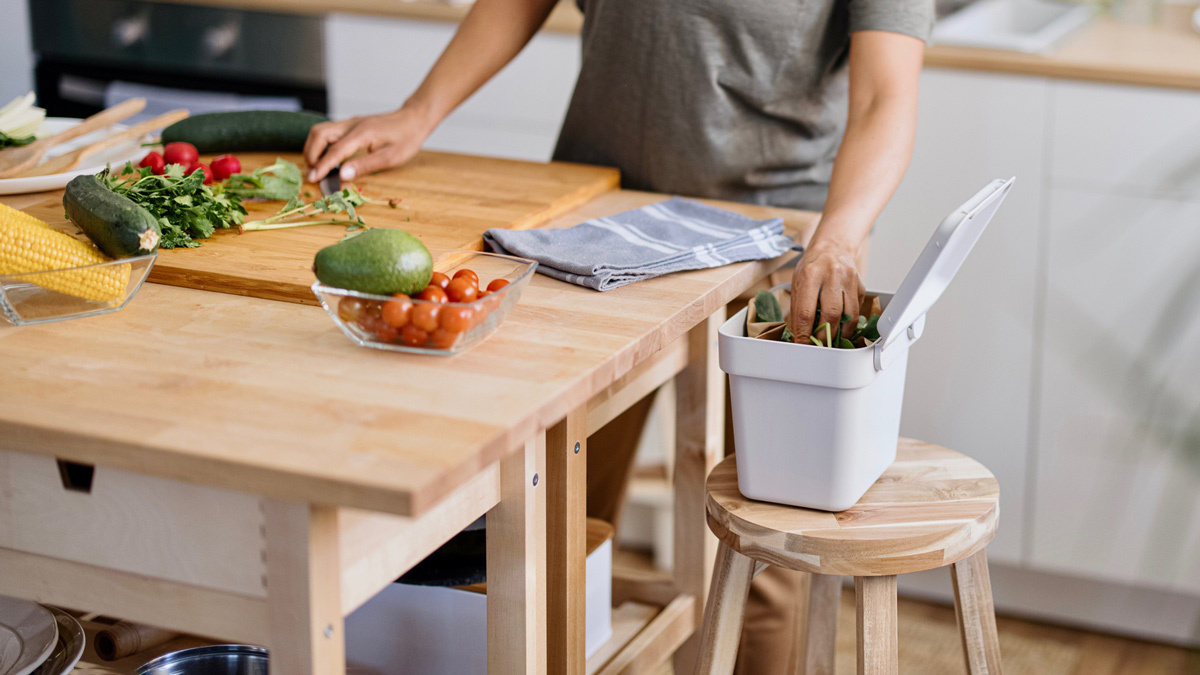
Are kitchen caddies the key to kickstarting your composting? These benchtop bins keep your waste separate from the rest of your non-biodegradable household rubbish, helping to divert food from going to landfill.
On this page:
- Our expert testers
- How we choose which kitchen caddies to review
- How we review kitchen caddies
- CHOICE Expert Rating
Here’s what our experts look at to help you find the best kitchen compost caddies on the market.
Our expert testers
Experts in the CHOICE labs have many years of experience across a range of laboratory disciplines and product areas. When testing kitchen caddies we use a mixture of food scraps found in a typical home kitchen.
How we choose which kitchen caddies to review
With so many kitchen caddies to choose from, we can’t review them all. While an ice cream tub can do the trick, we’ve chosen dedicated kitchen caddies to see how they fare. These may come with features such as air vents, carbon filters, hinged lids and carrying handles.
We’ve chosen models that come in different materials and shapes, and check that they’re available at a range of retailers.
How we review kitchen caddies
Kitchen caddies are designed to hold food scraps before they go into your home compost or council organics bin (if your area offers this service), keeping it separate from other household rubbish. We score them on performance and ease of use, and give them an overall CHOICE Expert Rating.
Performance
We half-fill the kitchen caddies with the same composition of food scraps (such as pungent ingredients including onions, garlic and spices, and ‘wet’ scraps like tomatoes or juicy fruit scraps). We then leave the lids closed for three days. After that, we assess the smell while closed and whether there are any pests surrounding the unit. We then open the lid and check for pests and smells, as well as mould.
The units are topped up with more food scraps and assessed after a further four days. We then repeat the test using the same criteria, and empty food waste into a suitable compost system.
Caddies with no smells or pests will score excellently for performance, while models with bad smells and many pests will score very poorly.
Ease of use
We assess general use and ease of cleaning, and weight both attributes equally.
General use includes:
- how much space it takes up on the benchtop
- weight
- handle comfort
- ease of using the lid (including if it can be operated one-handed)
- ease of adding waste
- ease of emptying contents.
Cleaning includes:
- whether the caddies can fit in a standard sink
- whether there are crevices where food can accumulate
- whether the supplied filter (if available) holds onto smells and still smells after washing
- whether the bin is hand wash only or if can fit in a dishwasher.
CHOICE Expert Rating
This consists of performance scores and ease of use scores equally weighted. We recommend kitchen compost caddies that score at least 85%.

